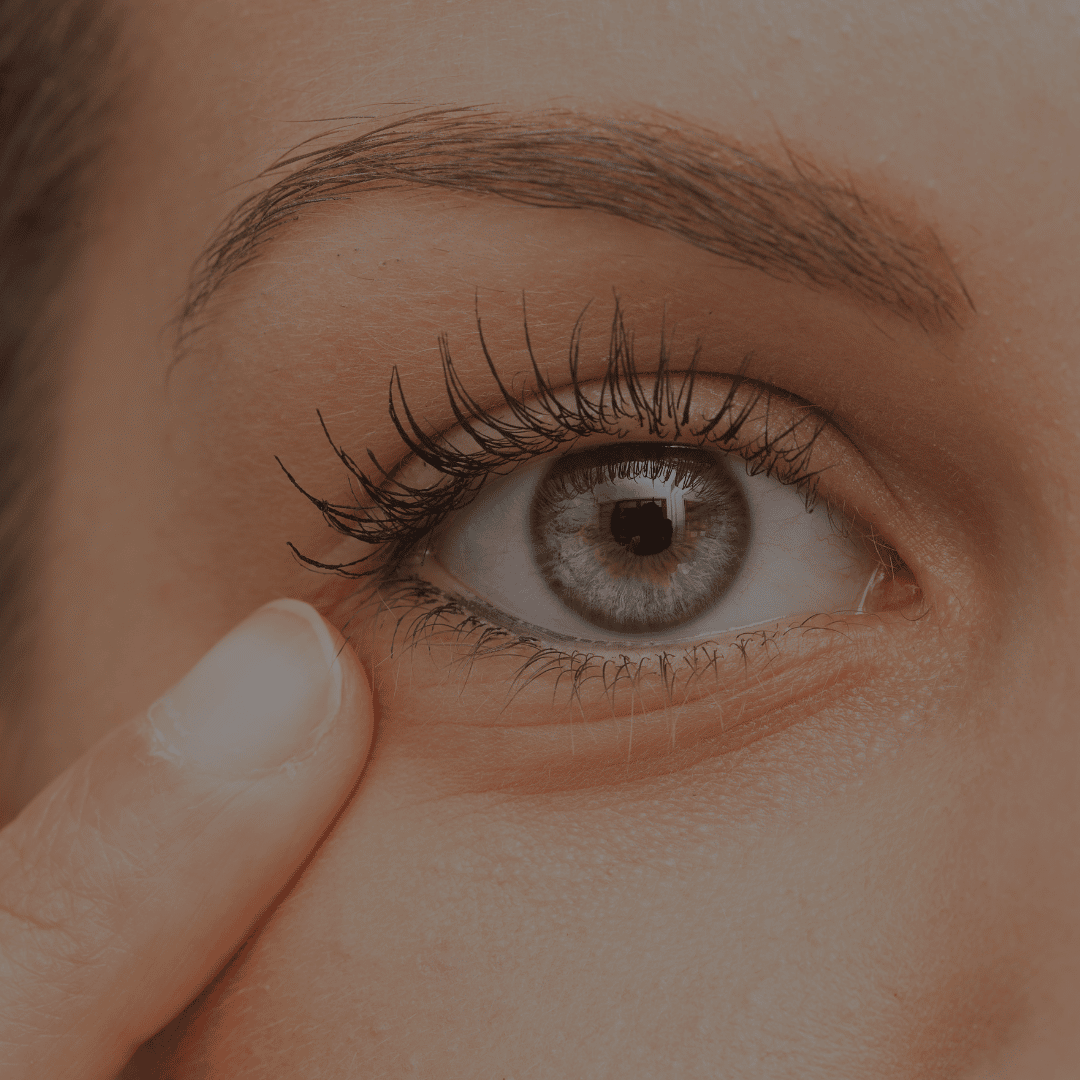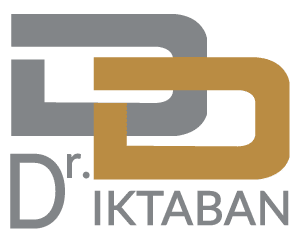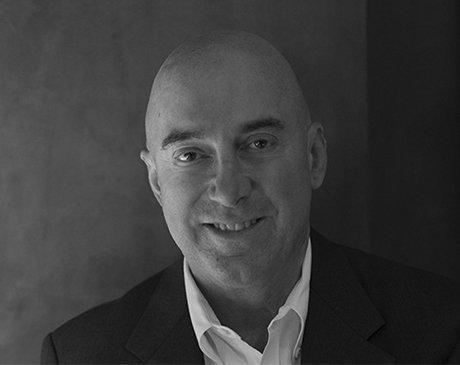
A blepharoplasty, or eyelid lift, is usually an outpatient procedure, meaning that you will be given instructions to care for yourself at home as you heal. Dr. Diktaban can explain everything you need to know in detail during a consultation, and the steps you need to take at home are relatively simple and easy to follow. Here are some things you need to know about blepharoplasty recovery before your surgery.
Returning Home After Your Blepharoplasty
Before your surgery, you will need to arrange for someone to drive you home and care for you in the early stages of recovery. It can be helpful to wear dark sunglasses in the car as you return home, because your eyes will likely be sensitive to light. You can also expect blurry vision because of the ointment applied to the eyes through the surgery, which should clear up within 24 hours. Once you arrive home, you should apply cold compresses and eye drops as instructed. Continue to do so every 10-15 minutes through the first 24 hours after surgery.
The First Week After Your Blepharoplasty
It is important to prioritize rest for at least the first 3-4 days after your blepharoplasty. Sleep or rest with your head elevated, propping yourself up on 2-3 pillows for the first week or two after your surgery. This helps the swelling subside.
You can shower during the first week after a blepharoplasty but should only do so from the neck down until Dr. Diktaban tells you it is safe to shower normally. Usually, this applies for the first five days or so after your surgery. Until you can safely shower as normal, gently wash below the eyes with a soft washcloth or wipe.
After a blepharoplasty, you should avoid lifting heavy objects, bending at the waist, or exercising. Do not drive until you are no longer taking pain medication or experiencing blurry vision.
Sutures are usually removed during the first week after your blepharoplasty. Typically, Dr. Diktaban will remove stitches between 2-7 days after surgery.
The First Month After Blepharoplasty
For the first 4-6 weeks after blepharoplasty, you should continue to avoid bending at the waist or lifting heavy objects. Dr. Diktaban will evaluate your healing progress during post-operative appointments and advise when you can safely return to your exercise routine.
It’s best to avoid wearing contact lenses or applying makeup or creams to the eye area for at least two weeks after your blepharoplasty. Dr. Diktaban may advise you to wait longer depending on your healing progress.
A majority of swelling should subside at about three weeks after your surgery. If swelling lasts longer or gets worse, you should call Dr. Diktaban.
When to Call Dr. Diktaban After Blepharoplasty
Most patients do not experience complications after their blepharoplasties, but there are some warning signs to be aware of. Call Dr. Diktaban if you experience the following:
- Fever over 100°
- Shaking or chills
- Increased pain or swelling
- Nausea or vomiting
- Separation of suture lines
These symptoms can usually be avoided by carefully following aftercare instructions.
Schedule a Consultation
To schedule a consultation with Dr. Diktaban, call our Upper East Side office at (646) 906-9449. You may also contact us online to set up your appointment.
Dr. Theodore Diktaban, MD FACS, a double board-certified plastic surgeon with 35+ years of experience, specializes in safe and subtle cosmetic treatments, enhancing natural beauty and boosting self-confidence in the Upper East Side and New York City.



